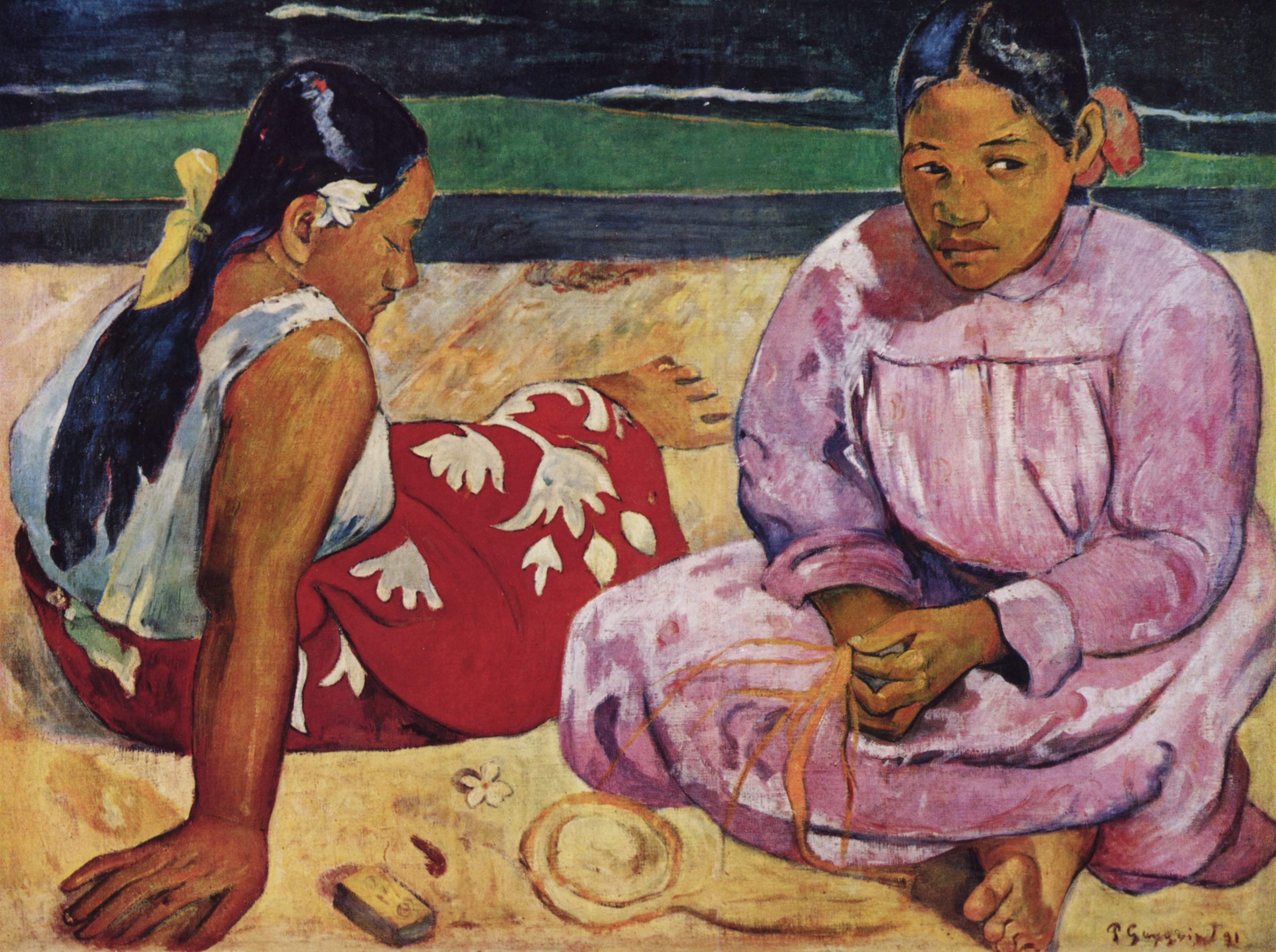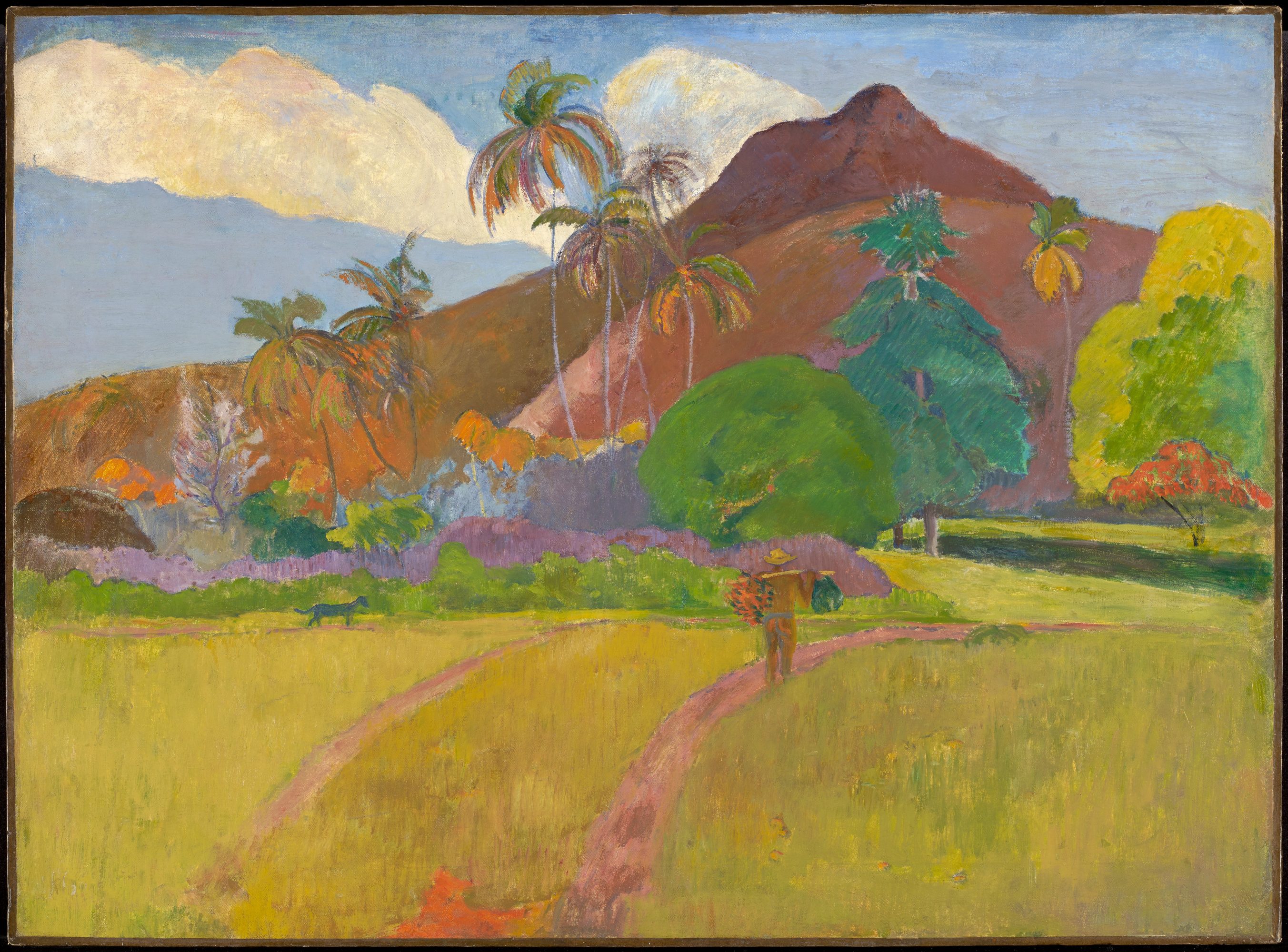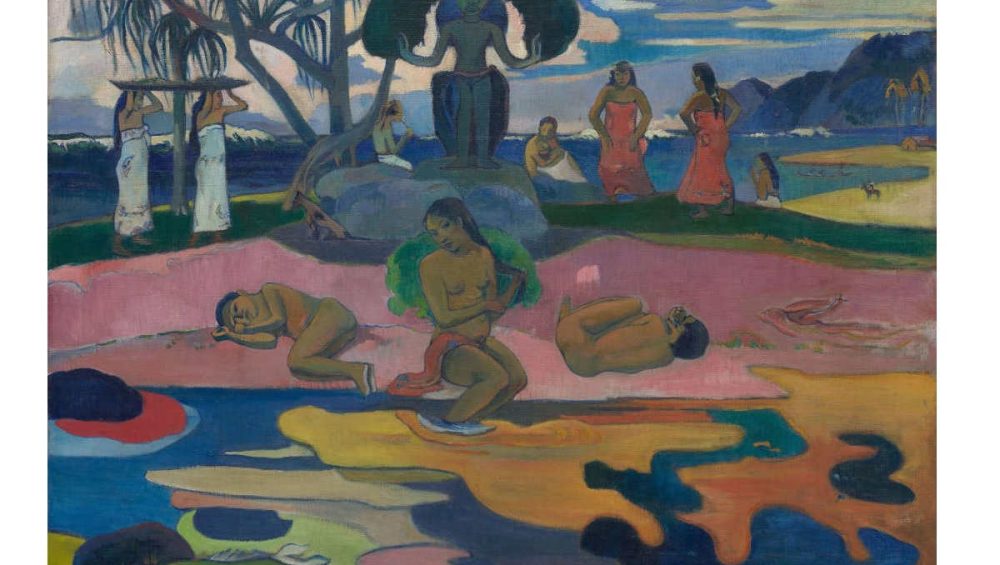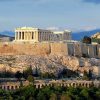French Polynesia, with its azure waters, lush landscapes, and vibrant culture, has long served as a muse for artists seeking inspiration and tranquility. Among those captivated by its beauty was the renowned French painter Paul Gauguin, whose transformative journey to the islands would not only shape his artistic legacy but also deepen his connection to the essence of life itself.
Gauguin’s fascination with French Polynesia began in the late 19th century, a time when Europe was undergoing rapid industrialization and societal upheaval. Seeking refuge from the constraints of urban life and the suffocating grip of conventionality, Gauguin embarked on a quest for artistic liberation and spiritual renewal in the South Seas.
Arriving in Tahiti in 1891, Gauguin was immediately struck by the island’s exotic allure—the verdant landscapes, the warm hospitality of its people, and the vivid colors that danced across the sky and sea. Settling in the capital, Papeete, Gauguin immersed himself in Tahitian culture, forging friendships with locals and embracing a simpler, more authentic way of life.

It was during his time in Tahiti that Gauguin produced some of his most iconic works, including “Tahitian Women on the Beach” and “Spirit of the Dead Watching.” His paintings captured the essence of Tahitian life—the sensuality of its women, the spirituality of its rituals, and the timeless beauty of its landscapes. Through bold colors, simplified forms, and a keen sense of symbolism, Gauguin sought to express the inner truths he believed lay hidden beneath the surface of reality.
For Gauguin, French Polynesia represented not only a physical escape from the constraints of European society but also a journey inward—a quest to uncover the primal forces that animate the human spirit. Inspired by Tahitian mythology, folklore, and religious beliefs, Gauguin infused his art with a sense of mystery and transcendence, inviting viewers to contemplate the deeper mysteries of existence.
Despite his artistic success, Gauguin’s time in Tahiti was not without its challenges. Struggling with poverty, illness, and loneliness, he grappled with feelings of alienation and disillusionment. Yet, amidst the hardships, Gauguin found solace in the beauty of the natural world and the resilience of the human spirit.

In 1901, Gauguin embarked on a second journey to French Polynesia, this time settling on the remote island of Hiva Oa in the Marquesas archipelago. Here, surrounded by rugged mountains and untamed wilderness, Gauguin continued to paint with a fervor and intensity that belied his deteriorating health.
Gauguin’s legacy in French Polynesia extends far beyond his artistic achievements. His presence on the islands sparked a renaissance of Tahitian art and culture, inspiring local artists to reclaim their heritage and celebrate their identity in the face of colonialism.
Today, Gauguin’s spirit lives on in the vibrant art scene of French Polynesia, where painters, sculptors, and artisans continue to draw inspiration from the island’s natural beauty and cultural traditions. From the bustling markets of Papeete to the remote villages of the Marquesas, the legacy of Gauguin serves as a reminder of the transformative power of art to illuminate the human experience and forge connections across time and space.
As you journey through the landscapes of French Polynesia, pause to reflect on the legacy of Paul Gauguin and the enduring impact of his vision. In a world that often feels fragmented and divided, Gauguin’s art reminds us of the universal truths that unite us—a shared longing for beauty, meaning, and connection in the vast tapestry of existence.
YOUR INBOUND AGENT FOR ALL THINGS TAHITI
For more information about our wide range of holidays & trips in Tahiti get in touch with our experienced team on our contact us page.
Or by calling +(30) 21620 20021.





